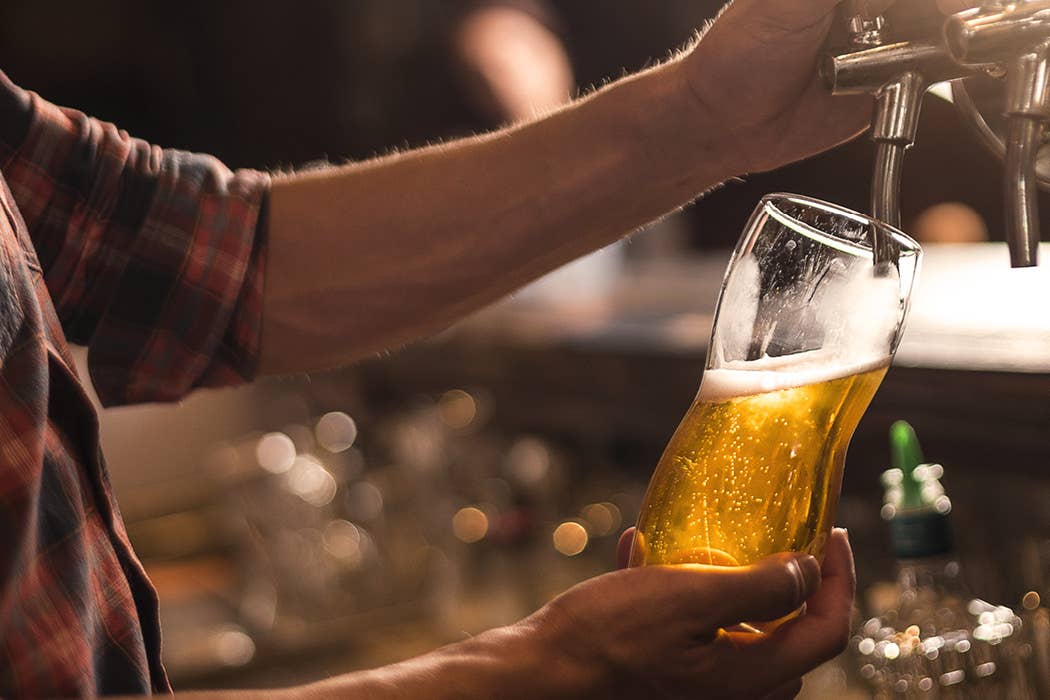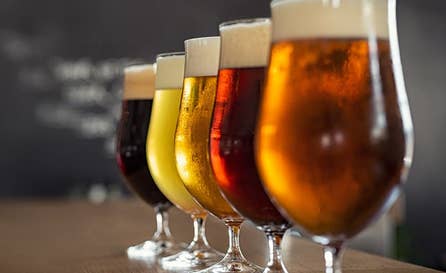Bottles or cans - which is best?
More and more brewers are putting their beer in cans, destroying the long-held belief that cans are the domain of cheap beer.

Brown vs. green
There is still a certain look-down-nose snobbery about cans but that probably comes from the crowds who still look up to green bottles. Not that there’s anything wrong with green bottles … apart from their ability to let in the light which can skunk hops. Brown bottles are better than green for beer flavour but that doesn’t always mean the contents in a brown bottle are better than what’s inside a green one.
Cans
Cans on the other hand are superior at blocking flavour-destroying UV light, which should mean a better-tasting beer. Amber bottles are also good at this, but clear or green glass won’t stop your hops from curling up their toes if exposed to light. Score 1 for cans over bottles.
Some people think cans make the beer taste metallic but modern technology has removed that flaw. And if you pour the canned beer into a glass the problem is solved. But if you drink from the can, yes you may get a metallic taste. Score 1 for bottles, even if it’s about perception.
One of the reasons people love cans is the ability to take them places easily – likes boating, tramping, camping, etc. – and then they crush down afterwards for compact and lightweight carrying home. Cans 2 Bottles 1.
There’s a belief that cans are better at keeping out damaging oxygen than bottles – and this is true once the beer is in the vessel, but the filling methods are quite different. According to one US manufacturer of both canning and bottling lines slightly more dissolved oxygen gets into cans compared with bottles therefore shortening the flavour stability. Cans 2 Bottles 2.
A minor criticism of cans is that the beer is filled right to the top so that when you open them the beer can spill over the lid and on your hands. Score a point to bottles’ ease of opening – especially if you’re indoors. Bottles 3 Cans 2.
But cans are so much better to store in your fridge – you can fit more in, they stack nicely, they don’t fall over. Bottles 3 Cans 3 and in to extra time.
For those interested in the environment, there’s a belief that cans are better but that all depends on how you look at it. Cans carry a higher environmental cost to make but they are cheaper to recycle … but then more bottles get recycled than cans. Best to call that a tie until we have more science. Still locked at 3-3 so we’ll go to penalties.
Many of the other factors that separate cans from bottles as a choice come down to aesthetics – do you like the look of a can or a bottle? Modern craft cans, providing the label is done well and not on the cheap, look sharp on shelves but there’s something quite elegant about a tall bottle.
How big a serving do you want? If you’re after 500ml or more then bottles are the only choice, but there some producers making 440ml cans that offer a nice mid-way point between 330ml and 500ml.
How about cost? Well, that comes down to the brewer, the beer and the production run. But with the same beer, at the same brewery, done in a large enough volume the cans work out slightly cheaper because of the freight cost – you can ship more beer at a lower weight and volume because of the reduced packaging.
Which is the best?
OK, it’s a close one but it seems cans win in a penalty shoot-out … but it’s only a matter of time before someone creates an aluminium bottle and we start the match all over again.

